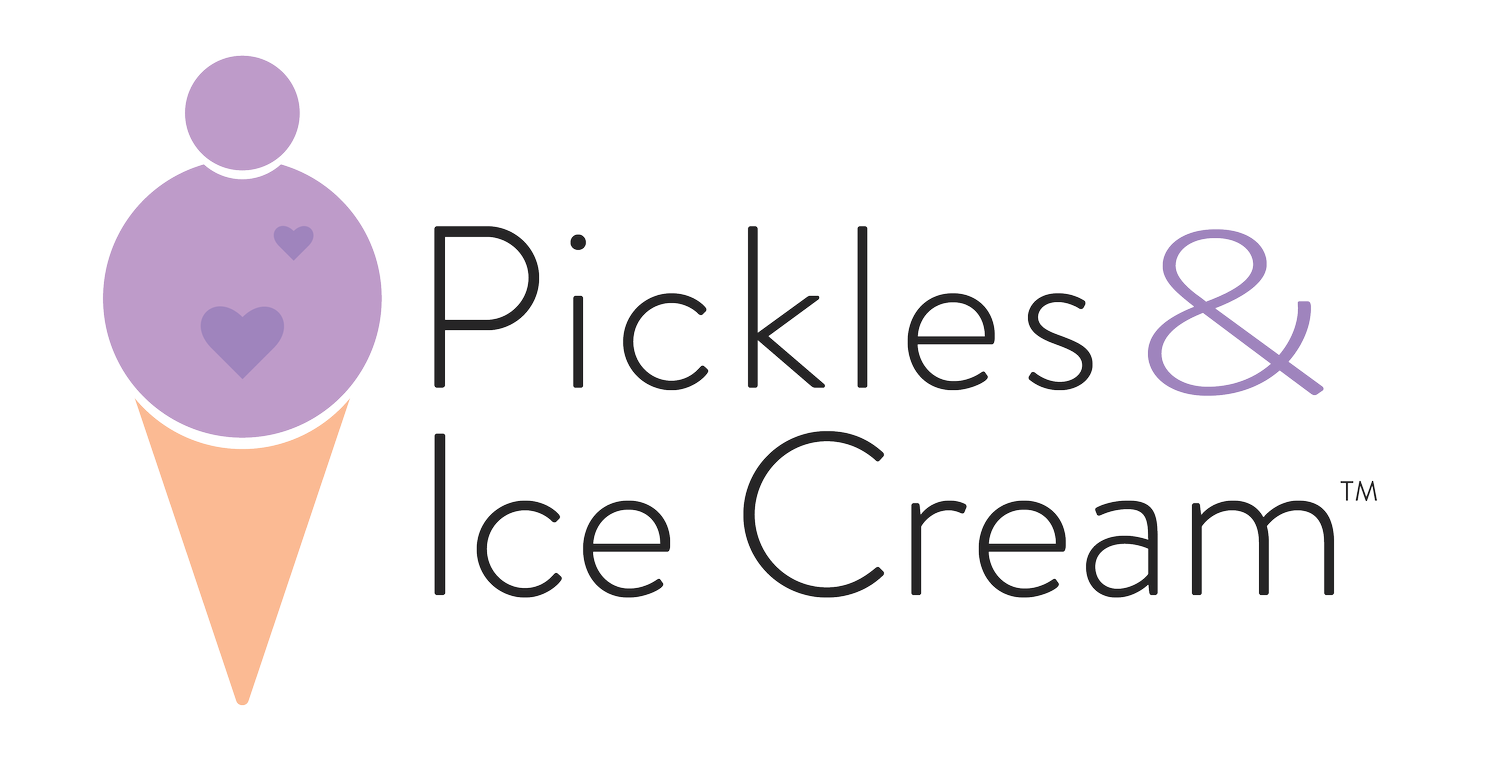Bonding with Your Baby
➝ You have many options when it comes to choosing how to bond with your baby.
➝ Not all mom and baby pairs will bond the same way at the same time, and that is okay!
➝ This bonding time will help your baby with brain development and building relationships.
You and your baby have made it home, congratulations! Those first moments after arriving home can feel almost unreal. The feeling is like nothing else. You imagine yourself holding and rocking your baby, maybe singing songs or reading books. These, and many other moments, are all part of creating a relationship with your child. This connection is part of a process called “bonding”. Bonding happens when there are shared experiences. It is important for the healthy growth and development of your baby’s brain and body.
Sometimes bonding doesn’t happen right away. It can take days, weeks, or even months to feel the effects of bonding. This can happen due to many reasons, such as such as postpartum depression or anxiety, a hasty and unexpected delivery experience, not being able to see or hold your baby immediately after birth, and more. Regardless of your bonding situation, there are ways to help support this very important process between infants and their families.
It is important to know that if bonding isn’t happening right away, that this is okay. Every family, caregiver, and baby are different and will develop relationships in their own way and time. Feeding, changing, bathing, and holding the baby provide important points of contact between babies and their families. In addition, caregivers are provided with many opportunities to see, touch, and interact with the baby. This interaction helps to build and strengthen the relationship.
Ways to Strengthen the Bond
There are many ways to bond with your baby. Some ideas to try with your baby include:
Kangaroo Care – Involves chest to chest contact on the caregiver with the baby usually being covered by a blanket.
Baby-Wearing – Carrying your baby using a cloth wrap or other device, allowing your arms to be free, but still keeping the baby close to your body.
Singing and Rocking Your Baby – Singing your favorite songs, in addition to lullabies or other children’s songs, while holding and rocking the baby allows them to hear your voice and feel your touch.
Giving Your Baby a Massage – Gentle strokes along the baby’s arms and legs, or gentle circular movements on the baby’s back, chest, and belly allow you to spend intentional time touching and connecting with your child.
Talk and Connect Lovingly – Look into your baby’s face while breast or bottle feeding. Talk to them in low, soothing tones. Eye contact invites connection during regular care routines. Also, hearing your voice in a soothing way during feeds helps your baby connect you to the feeling of having their needs met.
Always remember that bonding is a process that looks different for everyone. There is no specific timeline for when it occurs. Just use each day to touch, talk, laugh, smile, and care for your infant and allow the bond to grow. If you feel like you need additional support, or any feelings of guilt or worry are becoming too much, also know it is okay to ask for help. Take it one day at a time: you’ve got this.
References

